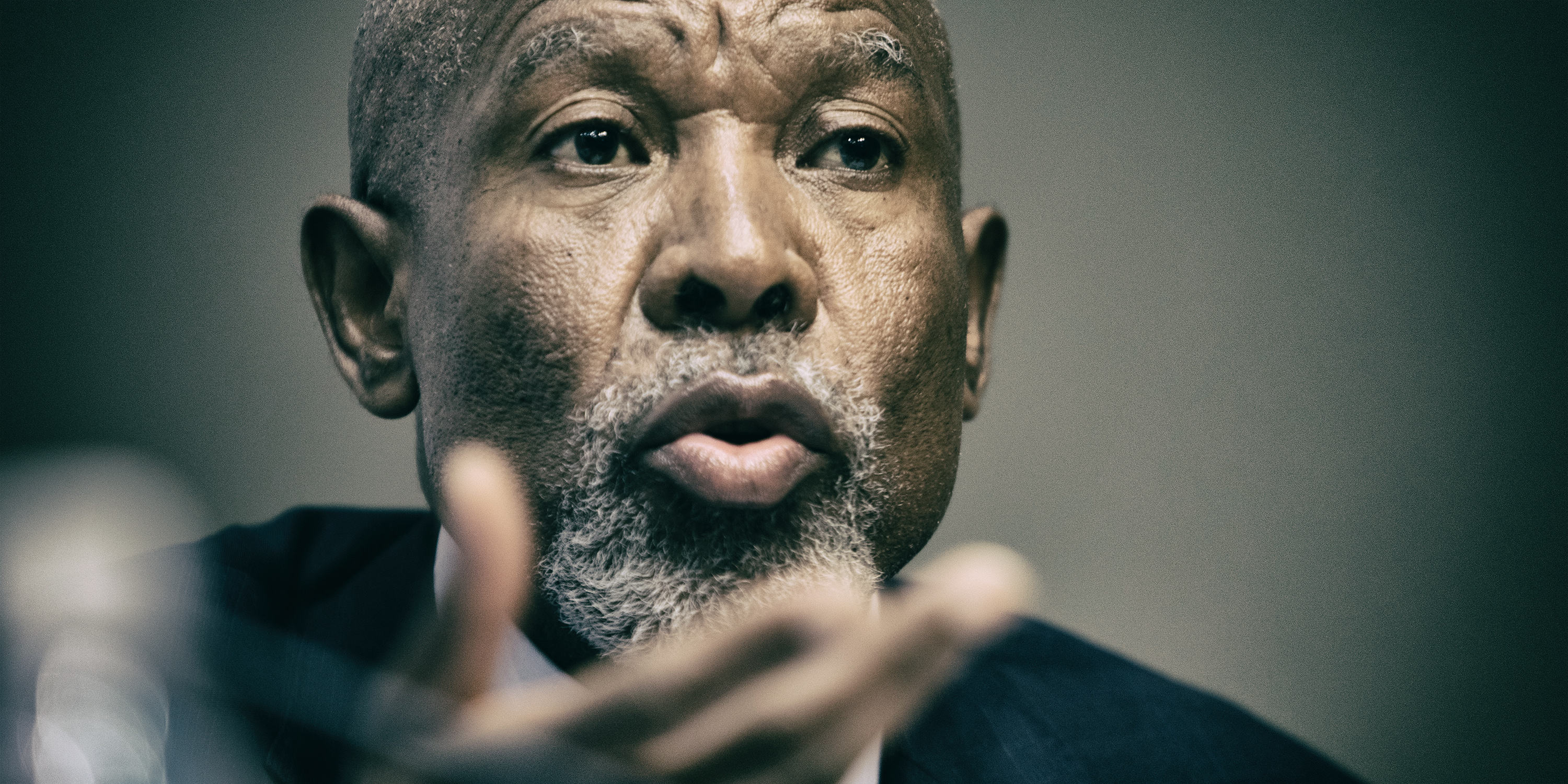Getting to 4.5% inflation in South Africa - the Reserve Bank’s (Sarb’s) de facto target which is in the middle of its mandated 3% to 6% target range - has come at virtually no cost. And lowering the target range will mean both lower inflation and lower interest rates, which goes against the grain of some perceptions out there.
To wit, Kganyago delivered a speech on Thursday to the Department of Economics at Stellenbosch University titled: “Lessons learnt: How the South African Reserve Bank moved inflation to 4.5%, and what it cost.”
In 2017, Sarb started stressing that it wanted inflation anchored in the middle of its target range - so 4.5%. Explicit in this focus was that Sarb was really aiming for 4.5%. The bull’s-eye was the point, not the rings around it.
This policy has been pursued in the face of concerns that the short-term costs of achieving lower inflation are high.
“The expectation is that with a lower target, the central bank will raise rates, squeezing the economy. Unemployment will then rise, firms will be unable to raise prices because of weak demand, and so inflation slows,” said Kganyago.
“This trade-off between growth and inflation strikes some people as unacceptable, even when they understand that lower long-term inflation would be desirable. It is therefore interesting to consider what it cost us to get to 4.5% inflation.”
To that end, Kganyago cited a recent study by two economists who made a counterfactual model to compare what transpired with how the economy would have behaved without a 4.5% target.
Read more here
“The results make for interesting reading. Perhaps the most striking is, they find no reduction in aggregate demand during the move to 4.5%. Growth in gross domestic product (GDP) is in line with the counterfactual. Unemployment is generally unaffected. Credit extension is higher,” said the Governor.
“Their conclusion is that there was little or no cost to getting inflation to 4.5%. And the explanation they provide is that Sarb’s commitment to 4.5% was heard and understood. Inflation was not forced down by a recession; it was managed lower by clear and credible communication.”
In short, clarity of purpose in monetary policy anchors inflation expectations and allows the central bank to keep rates lower. South Africans have been complaining about high interest rates, but they could have been higher without inflation targeting and the focus on 4.5%.
“The studies of the move to 4.5% inflation certainly do not show high costs. They show a path to lower inflation that relies mainly on communication and credibility, rather than high rates,” said the Governor.
He also made an instructive contrast with Chile to drive home the point that a lower inflation target means lower inflation.
“In 2000, both Chile and South Africa adopted inflation targets. Chile went for 3% and we went for a range of 3%−6%. Since then, our inflation has been higher than Chile’s by 1.8 percentage points, on average. Chilean inflation has been a bit under 4%, whereas ours ... has been close to 6%.
“This may not sound like much of a difference, but if you look at price levels, Chile’s prices are now 2.8 times what they were in 2000, while ours are 4.5 times higher ... It was not that we faced a higher world oil price or a higher wheat price. And both countries had professional, independent central banks. The difference was that we had a higher inflation target,” said Kganyago.
South Africa’s Consumer Price Index (CPI) slowed to 4.4% on an annual basis in August from 4.6% in July, and in September Sarb cut its key repo rate by 25 basis points to 8.0% and the prime lending rate for consumers to 11.50%.
Read more: Relief: Reserve Bank cuts rates by 25 basis points in wake of US Fed move and brightening inflation outlook
Sarb is laser-focused on inflation and, while that is seen as a cause of higher interest rates, the Governor said that the opposite is true and that a lower inflation target - hint, hint - would mean lower rates.
“We have an opportunity to achieve permanently lower inflation and therefore permanently lower interest rates. Executed effectively, a lower target could be achieved at little cost – just as we moved to 4.5% at little cost,” he said.
Pointedly, he also noted that “... this is a season of reform in South Africa”.
Read more: South African policymakers in talks on lowering inflation target - Kganyago
Is a 3% inflation target on the reform agenda? There have been talks to lower the target, so it’s a space to watch. DM
This article is more than a year old
Business Maverick
Reserve Bank Governor Kganyago brings clarity to the costs of getting SA inflation to 4.5%
SA Reserve Bank Governor Lesetja Kganyago delivered an interesting message on Thursday to the Department of Economics at Stellenbosch University.





